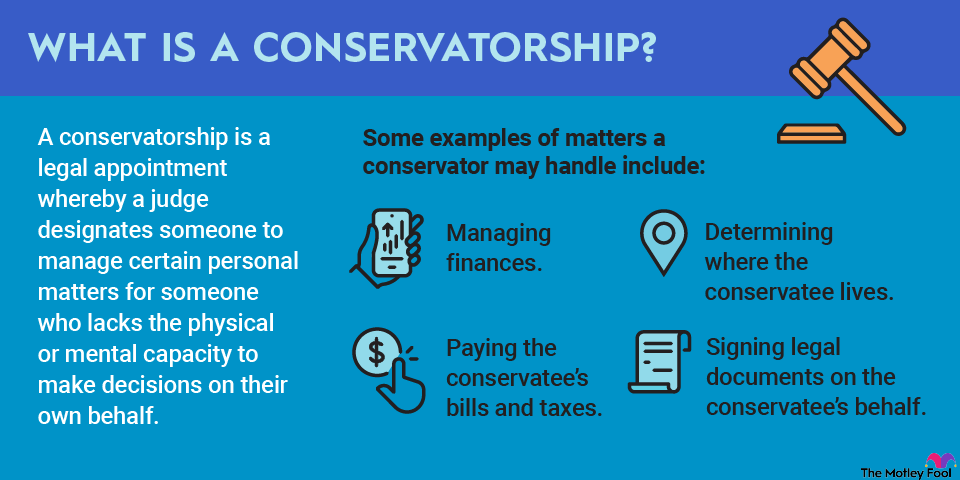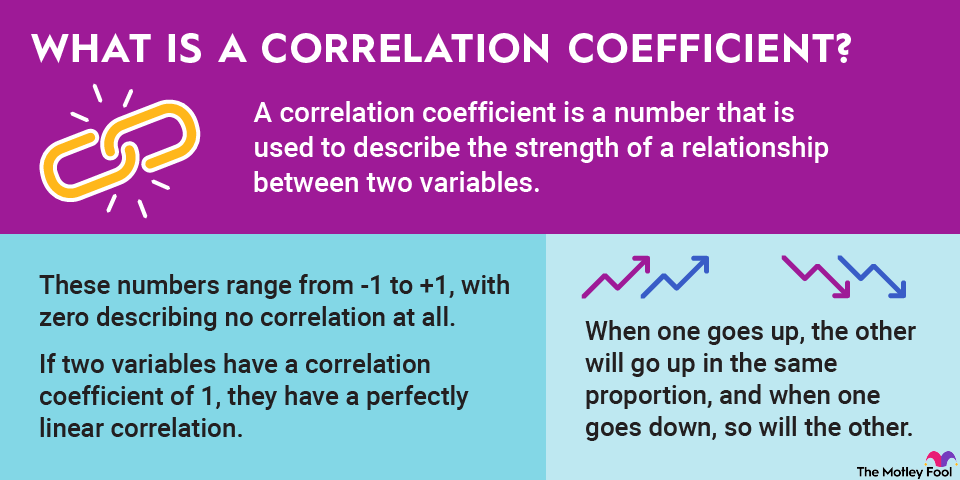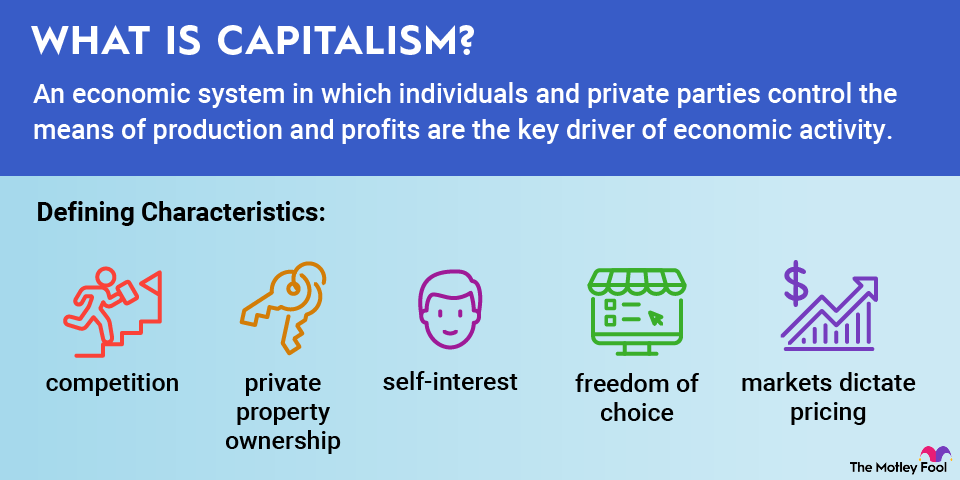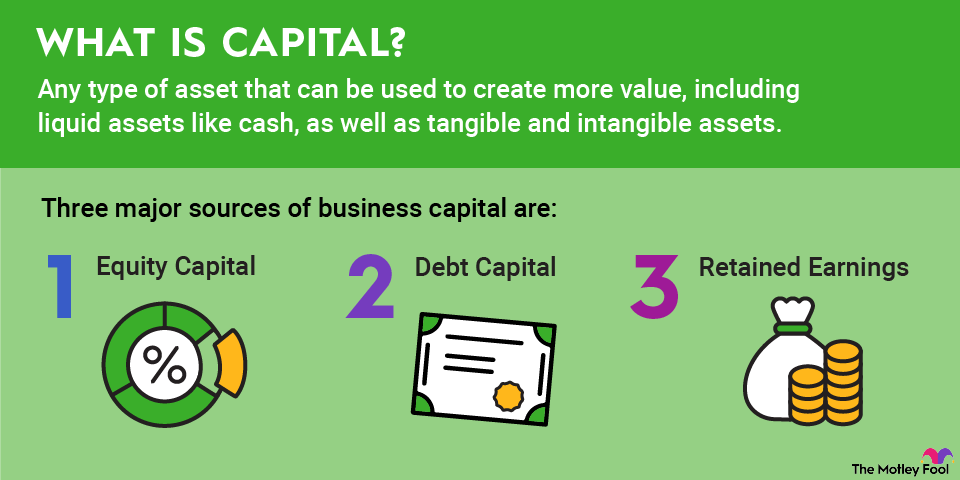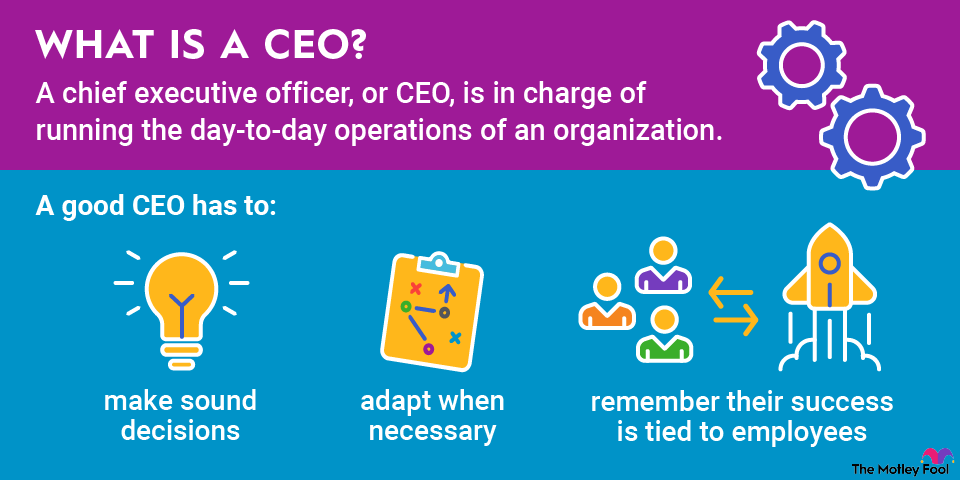When it comes to problem-solving, the first step is knowing the type of material you've got. This is where classification comes into play in machine learning.

What is classification in machine learning?
As simple as it may sound, classification is the ability of a machine learning algorithm to sort different types of data into different categories. Because this is something we naturally do as humans, it doesn't seem all that complicated. But teaching a machine the difference between a spam email and a wanted solicitation, for example, can require a great deal of time and input.
Of course, classification in machine learning can go well beyond sorting your inbox. Any kind of data, whether alphanumeric or visual, can be sorted by artificial intelligence. Once sorted, the data can be applied in various ways to help other algorithms perform far more interesting tasks.
Supervised Machine Learning
Types of classification algorithms
There are two main types of classification algorithms that help to sort all the data they find into categories for use by other processes. These are often referred to as "lazy learners" and "eager learners."
Lazy learners store all their training data until a training data set forms. They often work with data sets that may be updated continually and become outdated frequently. By waiting to process data until there's a whole data set, they can learn faster and are ideal for working with large, changing data sets with a smaller set of attributes.
Eager learners, on the other hand, are ready to learn before class even begins. By constructing a classification system before testing, the eager learning algorithms are already prepared to sort data as it comes in. It takes longer to train these systems, but they are excellent for making accurate predictions based on data from multiple sources.
Common classification task categories
There are four types of classification tasks that classification algorithms tend to perform. Again, as humans, we make this all look easy, but for machines that have to learn from the ground up how to categorize everything in the world, these are fundamental to getting everything else right. The most common task categories include:
- Binary classification. In binary classification, the system only has to choose between two options. A common application we all benefit from every day is the simple question, "Is this email spam or not?"
- Multi-class classification. If you need to categorize things that require more than two categories, like recognizing types of medical imaging, you need multi-class classification. The classification algorithm sorts them into buckets, such as X-rays, MRIs, PET scans, and so forth, based on similar characteristics. It's important to note that multi-class classification only sorts each item into a single category, even if it could or should be placed into multiple categories.
- Multi-label classification. Multi-label classification allows a model to sort data into multiple class labels, so a random image might be sorted into buckets for things like "bicycles," "cafes," and "coffee," among others, giving a singular image multiple classifications. This differs from multi-class classification in that a single item is given multiple classifications rather than a set of items, each being sorted into just one of many categories.
- Imbalanced classification. Although this is probably best described as a type of binary classification, the algorithm in imbalanced classification is taught to recognize "normal" from "abnormal." When trained, it sees a great deal more normal input than abnormal, allowing it to determine when an anomaly comes along. This tool is great for helping with diagnostics.
Related investing topics
Classification in investing
Classification is used constantly in investing, whether through machine learning or the good old-fashioned human way. We're continually sorting investments into buckets and labeling them in ways that make them useful for us, like describing one stock as a real estate investment trust (REIT) and another as consumer goods.
By allowing an algorithm to do these jobs, we can more quickly and accurately sort data that can then be fed into other algorithms that do other jobs, like taking that data and looking for patterns that might predict the next dip in a particular stock's value.
We can also take classification and use it to help scrutinize bigger problems, like examining economic indicators that further drive and influence markets. Classification may not sound very helpful, but without it, all we have is a lot of data that's difficult to sort through and many missed opportunities.
